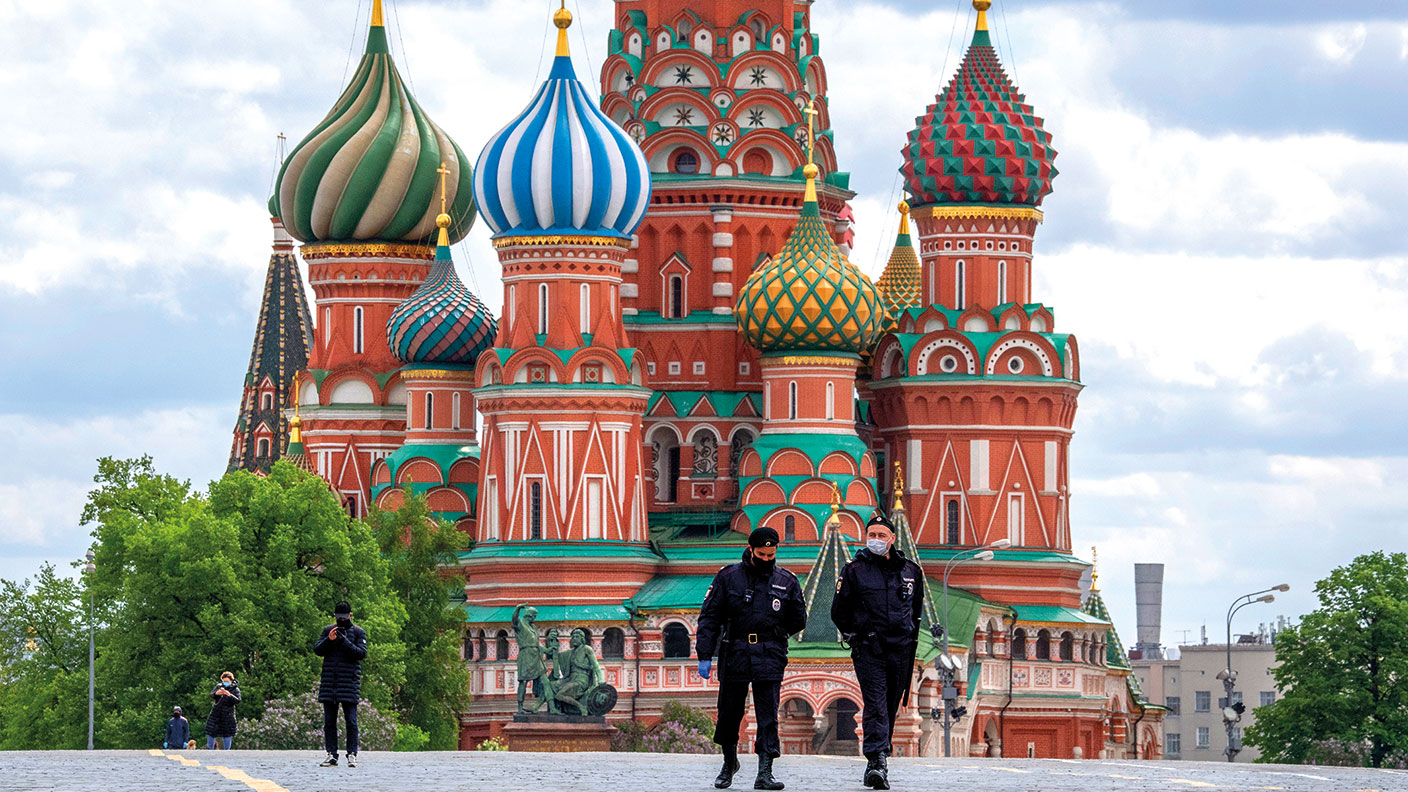Emerging-market central banks take on inflation
Central banks in Poland, Russia, Mexico and Brazil have been raising interest rates to get ahead of global inflationary pressures.

“Emerging market” is not just a euphemism for “poor”, says Karthik Sankaran in Barron’s. An emerging market is supposed to converge with income levels in wealthy countries. The US was a fast-growing “19th-century emerging market that first converged and then surpassed the UK”.
But they don’t always make it: 19th-century investors regarded Argentina as an exciting new economy. Today the investment category encompasses a jumble of Asian manufacturers, Latin American commodity exporters and Eastern European states.
Policymaking is improving
A key difference between developed and emerging markets is that the former have reliable legal, political and economic institutions that give investors confidence. Happily, the quality of policy making in many emerging economies is improving. Central banks in Poland, Russia, Mexico and Brazil have been raising interest rates to get ahead of global inflationary pressures, says the Financial Times.
MoneyWeek
Subscribe to MoneyWeek today and get your first six magazine issues absolutely FREE

Sign up to Money Morning
Don't miss the latest investment and personal finances news, market analysis, plus money-saving tips with our free twice-daily newsletter
Don't miss the latest investment and personal finances news, market analysis, plus money-saving tips with our free twice-daily newsletter
Higher rates protect these countries against a repeat of the 2013 taper tantrum, when tightening US monetary policy prompted a rush of capital out of emerging markets, sending EM currencies plunging. Asian central banks have yet to join the tightening trend, says Nicholas Spiro in the South China Morning Post. Policymakers in developing Asia are betting that vaccinations will enable them to reopen factories, easing inflationary pressure without needing to hike interest rates. But there are risks: amid soaring energy prices, almost “all the region’s economies are net energy importers”.
Investors are instead turning to commodity exporters, reports Bloomberg. Russia has become the “traders’ favourite investment destination”. The “oil and gas superpower” has healthy currency reserves and “an enviably low debt burden”. The rouble has been the best-performing emerging-market currency so far this month. Energy firms make up roughly half of the Russian stockmarket, so it is little surprise that the local MOEX index is up by 5% over the past month. Not that emerging market investors will notice.
The MSCI Emerging Markets index is now dominated by East Asia, says Sankaran. Chinese, Taiwanese and South Korean firms jointly make up 61% of the index. “Brazil comes in well behind at 4.5% and Russia at 3.7%.” The practice of lumping so many different economies into one investment category is “increasingly odd”, says The Economist. Some suggest alternative regional indices, but that doesn’t always work: “The Turkish and Saudi Arabian markets… have little in common.”
Even more confusingly, the index also includes countries, such as South Korea, with rich-country income levels, but whose markets are not deemed open enough to qualify for developed market status. It is “time to experiment” with other ways of investing in countries that make up 40% of the global economy.
Get the latest financial news, insights and expert analysis from our award-winning MoneyWeek team, to help you understand what really matters when it comes to your finances.
Alex is an investment writer who has been contributing to MoneyWeek since 2015. He has been the magazine’s markets editor since 2019.
Alex has a passion for demystifying the often arcane world of finance for a general readership. While financial media tends to focus compulsively on the latest trend, the best opportunities can lie forgotten elsewhere.
He is especially interested in European equities – where his fluent French helps him to cover the continent’s largest bourse – and emerging markets, where his experience living in Beijing, and conversational Chinese, prove useful.
Hailing from Leeds, he studied Philosophy, Politics and Economics at the University of Oxford. He also holds a Master of Public Health from the University of Manchester.
-
 Goodwin: A superlative British manufacturer to buy now
Goodwin: A superlative British manufacturer to buy nowVeteran engineering group Goodwin has created a new profit engine. But following its tremendous run, can investors still afford the shares?
-
 Is US stock market exceptionalism over?
Is US stock market exceptionalism over?US stocks trailed the rest of the world in 2025. Is this a sign that a long-overdue shift is underway?
-
 Goodwin: A superlative British manufacturer to buy now
Goodwin: A superlative British manufacturer to buy nowVeteran engineering group Goodwin has created a new profit engine. But following its tremendous run, can investors still afford the shares?
-
 A change in leadership: Is US stock market exceptionalism over?
A change in leadership: Is US stock market exceptionalism over?US stocks trailed the rest of the world in 2025. Is this a sign that a long-overdue shift is underway?
-
 A reckoning is coming for unnecessary investment trusts
A reckoning is coming for unnecessary investment trustsInvestment trusts that don’t use their structural advantages will find it increasingly hard to survive, says Rupert Hargreaves
-
 Metals and AI power emerging markets
Metals and AI power emerging marketsThis year’s big emerging market winners have tended to offer exposure to one of 2025’s two winning trends – AI-focused tech and the global metals rally
-
 8 of the best houses for sale with beautiful fireplaces
8 of the best houses for sale with beautiful fireplacesThe best houses for sale with beautiful fireplaces – from a 15th-century cottage in Kent to a 17th-century palazzo in Oxfordshire
-
 King Copper’s reign will continue – here's why
King Copper’s reign will continue – here's whyFor all the talk of copper shortage, the metal is actually in surplus globally this year and should be next year, too
-
 Luana Lopes Lara: The ballerina who made a billion from prediction markets
Luana Lopes Lara: The ballerina who made a billion from prediction marketsLuana Lopes Lara trained at the Bolshoi, but hung up her ballet shoes when she had the idea of setting up a business in the prediction markets. That paid off
-
 British blue chips offer investors reliable income and growth
British blue chips offer investors reliable income and growthOpinion Ben Russon, portfolio manager and co-head UK equities, ClearBridge Investments, highlights three British blue chips where he'd put his money